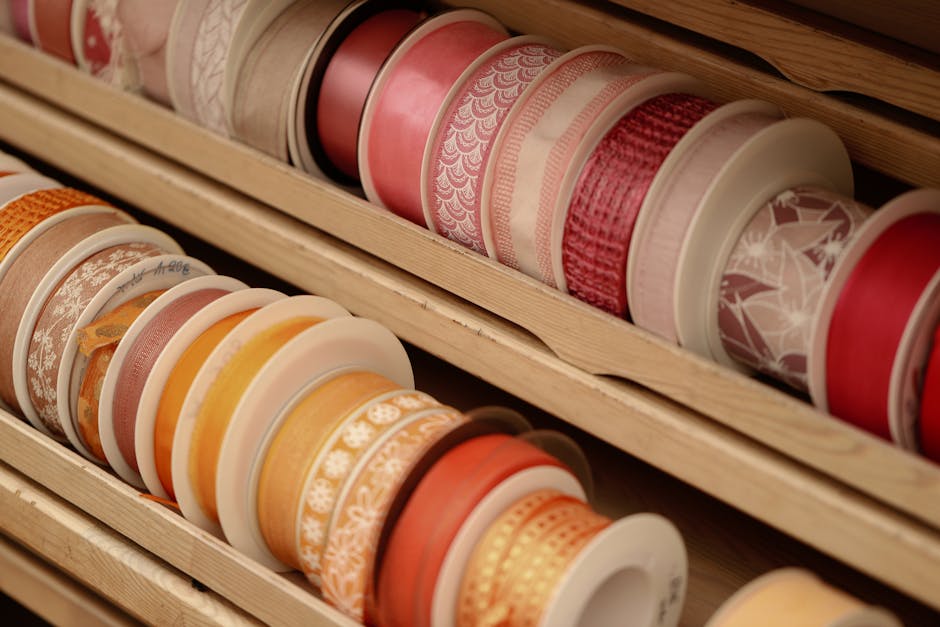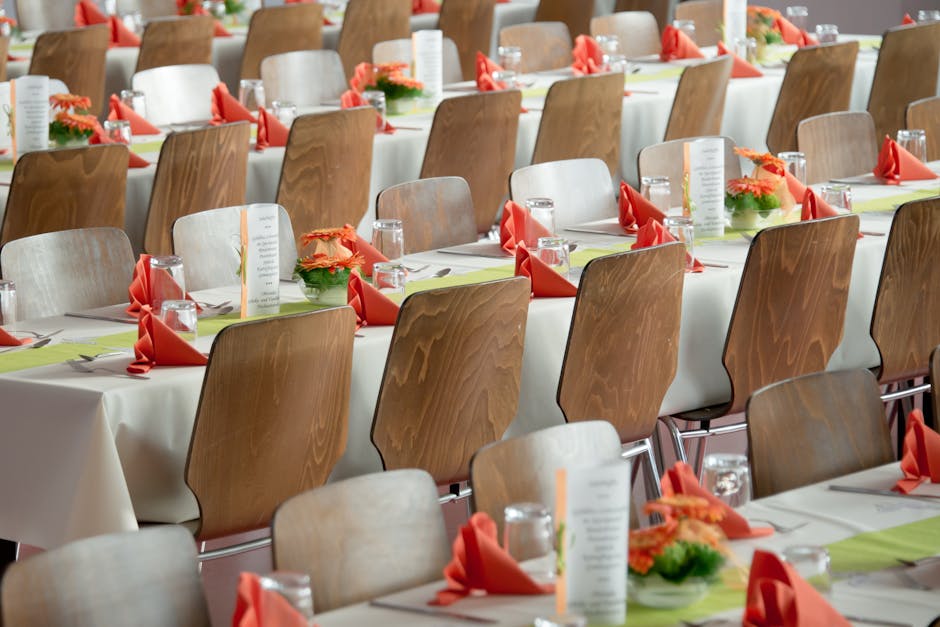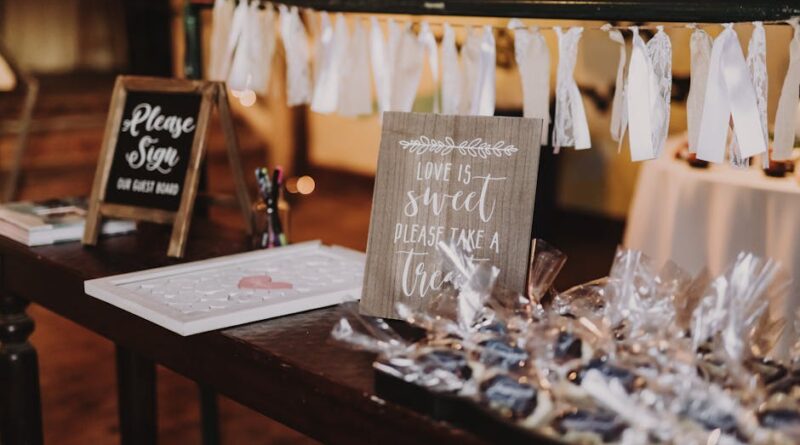Organizing a Craft Swap Event
Are you a crafting enthusiast looking for a fun and creative way to connect with like-minded individuals in your community? Have you considered organizing a craft swap event? The concept of a craft swap event is not only a fantastic way to share your passion for crafting but also to discover new techniques, materials, and inspiration from others. In this comprehensive guide, we will delve into the ins and outs of organizing a craft swap event, from planning and logistics to the benefits and impact of such gatherings. Join us as we explore the world of craft swaps and discover how you can bring your community together through creativity and collaboration.
The Origins of Craft Swaps

Before we jump into the nitty-gritty of organizing a craft swap event, let’s take a moment to explore the origins of this popular activity. Craft swaps have been around for decades, with the first documented instances dating back to the early 20th century. What started as a simple exchange of handmade goods among friends has evolved into a widespread phenomenon, with craft swap events now taking place in communities all over the world. The rise of social media and online crafting communities has further fueled the popularity of craft swaps, making it easier than ever for crafters to connect and share their creations.
Benefits of Organizing a Craft Swap Event

Organizing a craft swap event offers a myriad of benefits for both the participants and the community as a whole. One of the primary advantages of hosting a craft swap is the opportunity to connect with fellow crafters and share knowledge and ideas. By participating in a craft swap, you can learn new techniques, discover different crafting styles, and expand your creative horizons. Additionally, craft swaps provide a platform for exchanging materials and supplies, allowing participants to declutter their crafting spaces and acquire new materials for future projects.
From a community perspective, craft swaps foster a sense of camaraderie and collaboration among participants. These events bring people together who share a common passion for crafting, creating a supportive and encouraging environment where creativity can flourish. Craft swaps also promote sustainability and eco-consciousness by encouraging the reuse and repurposing of materials, reducing waste, and promoting a more sustainable approach to crafting.
Planning Your Craft Swap Event

Now that we’ve established the benefits of organizing a craft swap event, let’s dive into the planning process. The key to a successful craft swap lies in thorough preparation and attention to detail. Here are some essential steps to consider when planning your event:
Venue Selection

The first step in organizing a craft swap event is to secure a suitable venue. Consider factors such as the size of the space, accessibility, parking availability, and amenities. Ideal venues for craft swaps include community centers, church halls, libraries, or even outdoor parks, depending on the size and scope of your event. Make sure to book the venue well in advance to ensure availability on your desired date.
Invitations and Promotion
Once you have secured a venue, it’s time to spread the word about your craft swap event. Create eye-catching invitations or flyers to distribute to local crafting groups, community centers, and online crafting forums. Utilize social media platforms to promote your event and reach a wider audience. Consider partnering with local craft stores or businesses to help spread the word and attract more participants.
Organizing Participants and Items
As the event organizer, it’s essential to establish clear guidelines for participants and their items. Determine how items will be displayed or organized at the event, whether through designated tables or swap stations. Create a system for participants to register their items in advance to ensure a smooth and organized swapping process. Consider categorizing items by type (e.g., yarn, fabric, beads) to make it easier for participants to find items they are interested in.
Swapping Rules and Etiquette
To ensure a positive and enjoyable experience for all participants, it’s crucial to establish clear swapping rules and etiquette. Communicate guidelines regarding item quality, quantity limits, and any specific rules for the swapping process. Encourage participants to be respectful and courteous to one another, emphasizing the spirit of generosity and sharing that defines craft swaps. Provide guidance on how to handle disputes or issues that may arise during the event to maintain a harmonious atmosphere.
Activities and Workshops
In addition to the swapping activities, consider incorporating workshops or crafting demos into your event to enhance the experience for participants. Invite local artisans or craft experts to lead hands-on workshops or demonstrations on various crafting techniques. This not only adds value to your event but also provides an opportunity for participants to learn new skills and connect with experienced crafters in the community.
Networking and Community Building
Lastly, don’t forget to foster networking and community building opportunities at your craft swap event. Encourage participants to mingle, share their crafting stories, and exchange contact information to stay connected beyond the event. Consider organizing icebreaker activities or group discussions to facilitate interactions among attendees. Building a strong community around your craft swap event will not only enhance the experience for participants but also ensure the success and longevity of future events.
Common Misconceptions about Craft Swaps
Despite the many benefits of organizing a craft swap event, there are some common misconceptions that may deter individuals from participating or hosting such gatherings. Let’s debunk a few of these myths to shed light on the true nature of craft swaps:
Misconception #1: Craft swaps are only for experienced crafters.
One of the most prevalent misconceptions about craft swaps is that they are exclusive to seasoned crafters with advanced skills. In reality, craft swaps are open to crafters of all levels, from beginners to experts. These events are about sharing creativity and camaraderie, regardless of skill level. Everyone has something unique to offer, whether it’s handmade items, crafting supplies, or simply a passion for creativity.
Misconception #2: Craft swaps are only for specific types of crafts.
Another misconception about craft swaps is that they are limited to certain types of crafts or materials. In truth, craft swaps encompass a wide range of crafting disciplines, from knitting and sewing to painting, jewelry making, and beyond. Participants are encouraged to bring any handmade items or crafting supplies they no longer need, regardless of the medium or technique. The diversity of offerings at craft swaps makes these events inclusive and welcoming to all crafters.
Wrapping Up
Organizing a craft swap event is a rewarding experience that brings people together through creativity, collaboration, and community. By following the steps outlined in this guide and debunking common misconceptions about craft swaps, you can create a fun and memorable event that fosters connections and inspires creativity among participants. Whether you’re a seasoned crafter looking to declutter your supplies or a newcomer eager to connect with like-minded individuals, a craft swap event is a fantastic opportunity to share your passion for crafting and discover new possibilities. So why wait? Start planning your craft swap today and embark on a creative journey that will leave a lasting impact on your community.




